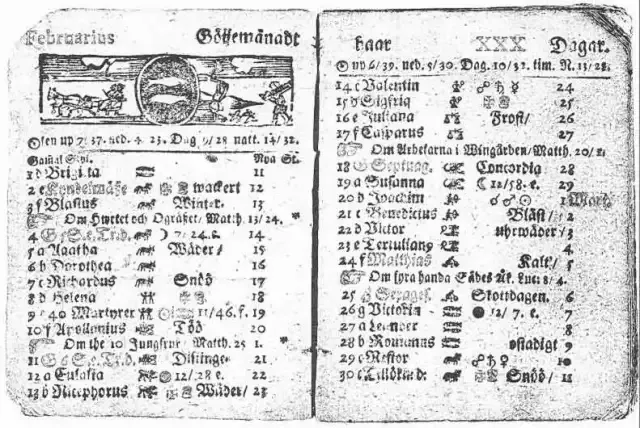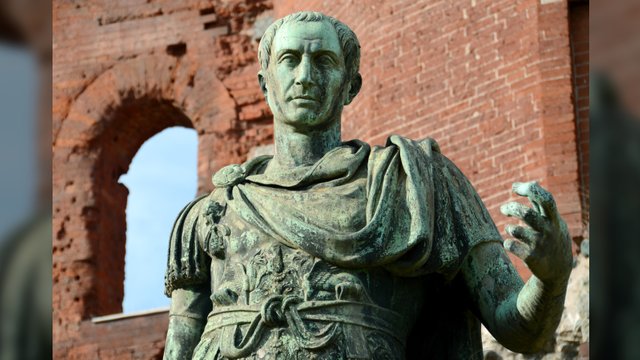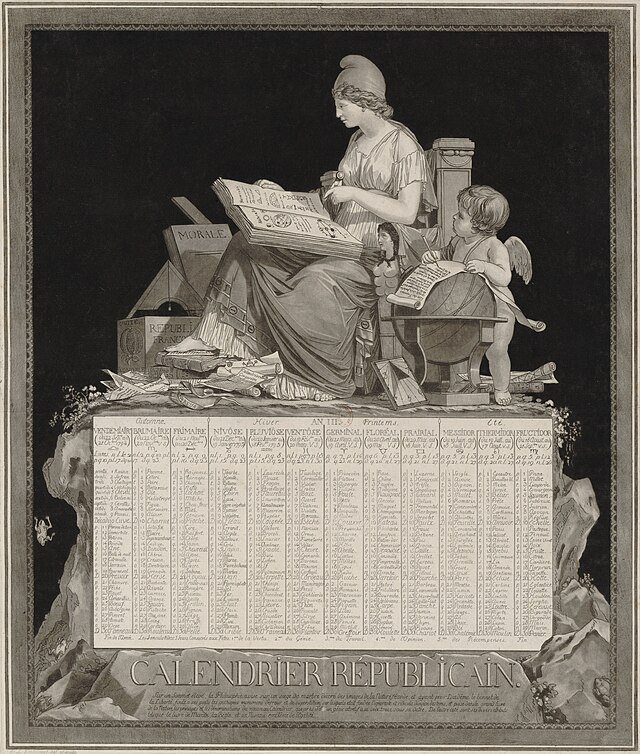
An extra day is added in the month of February to the calendar page every four years during a leap year. As a result, the year is calculated in 366 days. We are used to counting years in this way. Leap year is also going on this year. February 29, 2024 is definitely a special day. But the surprising thing is that 'February 30' came once in history.
According to the news media BBC, the day '30 February' was added to the calendar in 1712 as part of a double leap year in Sweden. But think, what happened to those who were born on that date? They never got to celebrate their birthdays.
Why does leap year come?
The leap year system was introduced to adjust the inconsistencies in the calendar every four years. The initial idea for this calendar system came from the Roman Emperor Julius Caesar.
He then asked the Alexandrian astronomer Sosigenes to create an alternative to the Roman calendar. A calendar that would be more consistent with the Earth's rotation around the Sun.

According to many, it takes five hours, 48 minutes, and 56 seconds longer than 365 days for the Earth to orbit the Sun once. To accommodate this extra time, Sosigenes proposed a calendar, which corresponds almost exactly to that of the Egyptians.
An extra day is added to the 365 days every four years to accommodate the solar year. Thus was born the Julian calendar, named in honor of its originator, Julius Caesar.
How the extra day came
The Julian calendar also did not last long. Due to some weaknesses in that calendar, the Gregorian calendar gradually replaced the Julian calendar from 1582. In the Julian calendar, the year started from March. Since an extra day was needed every four years, the Romans decided it would be in February, which was then the last month of the year.
The name Leap comes from the Latin phrase. Which means six days before the beginning of March, which is February 24. At that time that day was observed as a leap year.
As the sentence is a bit long, it is abbreviated as 'bis sextus' which means leap year or leap year in Bengali. A few years later, Pope Gregory XIII decided to 'perfect' the calendar by issuing a decree. One of the changes he introduced was that the extra day of a leap year would be February 29.

Calculation and manipulation of time
Time is basically counted as days, months and years. This calculation process is man made. Following the lunar cycle, there is a difference of approximately 29 and a half days between two full moons.
Also, according to solar orbit, Earth takes about 365 days and six hours to revolve around the sun. However, this is a calculation method that can be manipulated.
Various rulers throughout history divided the year into months. At all times there was not a year of 12 months, the number of months varied. Additional days were added or removed in those months according to the political and economic needs of those rulers, or their personal wishes.

Consequently, it became necessary to coordinate these calendars with the solar year, which could not be ignored.
Emperor Julius Caesar, about two thousand years ago, introduced a calendar similar to the one we use today. According to that so-called Julian calendar, there were 12 months in a year. And some of the months were counted in 30 days and some in 31 days.
Only February was counted in 28 or 29 days. The year started from March. Because it is the beginning of spring. That is why the last month of the year, February is chosen for leap year.
Since a year consists of 365 days in six hours, leap years have been marked since Roman time to accommodate the extra six hours.
The Great Gregorian Leap
Time counting has been around for centuries, but this method of counting is not accurate. The solar year is actually a little shorter - 11 minutes 14.784 seconds shorter, to be precise.
While this may not seem like a big difference, it can have an immediate impact. But over the years, these extra minutes/seconds add up and make a big difference.
This is why Pope Gregory XIII made some changes in 1582 to correct the inconsistencies in his calendar. This is done mainly for religious reasons, as this time gap causes the start of Easter to move back and forth by three days every few hundred years. However, the Gregorian calendar is by far the most widely used standard established calendar in the world.
Those who were associated with the Catholic Church, first adopted this calendar. Instead of eliminating leap years for the next four decades, they cut 10 days from October in one leap.

In 1582, the day after Thursday, October 5, became Friday, October 14. Other Protestant nations and empires were initially reluctant to adopt this calendar, but eventually they too adopted this modified calendar.
The United Kingdom, the United States and its American colonies welcomed this change. But they also had to reduce 12 days in 1752 to accommodate the new calendar. They jumped from September 2 to September 14.
Swedish parsimony and the introduction of 30 February
When Sweden decided to adopt the Gregorian calendar, they didn't want to suddenly drop those days all together. They found it appropriate to adapt to this change gradually.
That's why they skip February's leap days for 40 consecutive years, until they align.
According to their long-followed Julian calendar, 1700 was a leap year, but they only had 28 days in February. Similarly, although 1704 and 1708 were leap years, they wanted to limit the month of February to 28 days.

But, at that time the war started and they forgot about the change of not taking this leap year among other priority tasks. A few years later, Emperor Charles XII realized that Sweden's calendar was neither Julian nor Gregorian.
He then took strict measures in the formulation of the calendar and canceled all previous changes. But, since they had already omitted the leap year of 1700, he ordered that an extra day be added in addition to February 29 in 1712, another leap year.
Thus the date 30 February was created for the first and only time in history since the time of Julius Caesar.
Ultimately, Sweden followed the example of its neighbors in Northern Europe. The country adopted the Gregorian calendar in 1753 and dropped 10 days from the year in the same manner.
Other 30 February
The date 30 February has also been used in science fiction. Ray Bradbury's short story "The Last Night of the World" mentions that the horrors will take place on February 30.
British author John Ronald Real Tolkien mentions February 30 in his fantasy novels 'The Hobbit and The Lord of the Rings'. According to his book the hobbits created a calendar where February was 30 days long. However, this date has been seen to be used in the real world as well.
great post
Downvoting a post can decrease pending rewards and make it less visible. Common reasons:
Submit